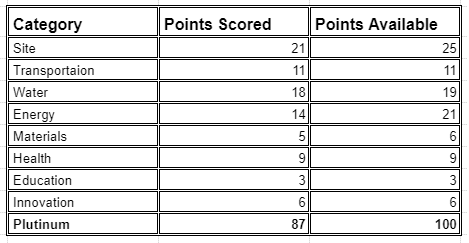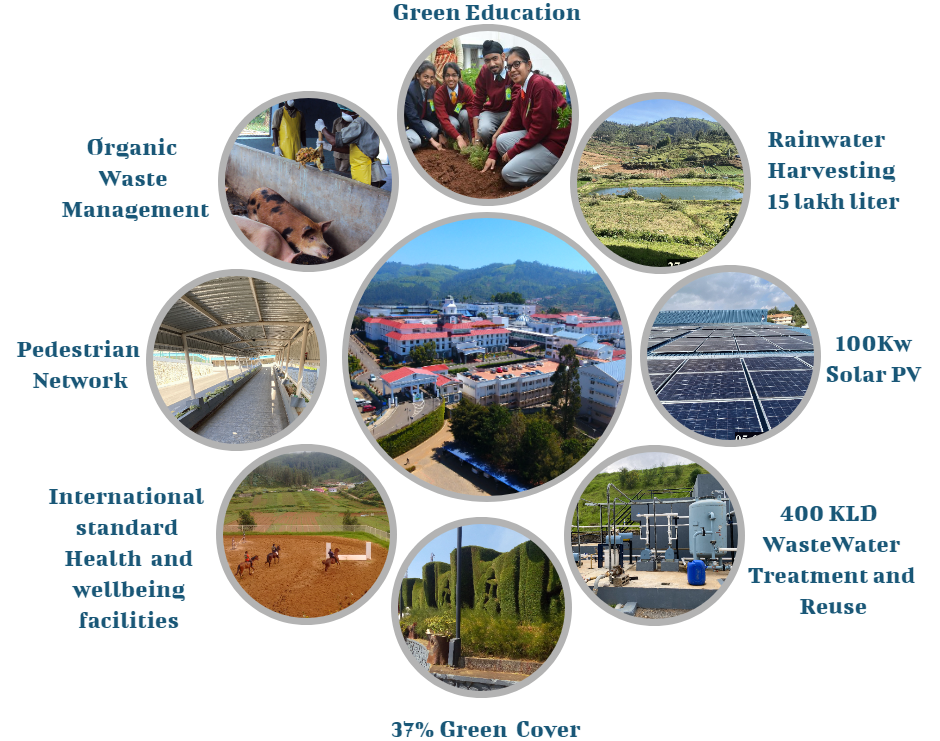InHabit has successfully completed the facilitation of IGBC Green Schools and IGBC Green Campus rating for Good Shepherd International School, Ootacamund, Tamil Nadu.

We are proud to announce that Good Shepherd International School has been awarded the prestigious Platinum rating, making it the first certified green campus in the region. With an aggregate score of 87 points out of 100, Good Shepherd is also India's greenest school.
The IGBC Green campus rating system is a unique system, in the sense that it addresses green education, health, hygiene and infrastructural facilities besides energy efficiency, water conservation, indoor environmental quality and waste management. Aspects like nutrition, physical activity & safety are also addressed. Good Shepherd has performed exceptionally well in all the above areas while scoring points for innovation in organic farming and waste management. The school's performance has been tabulated below:
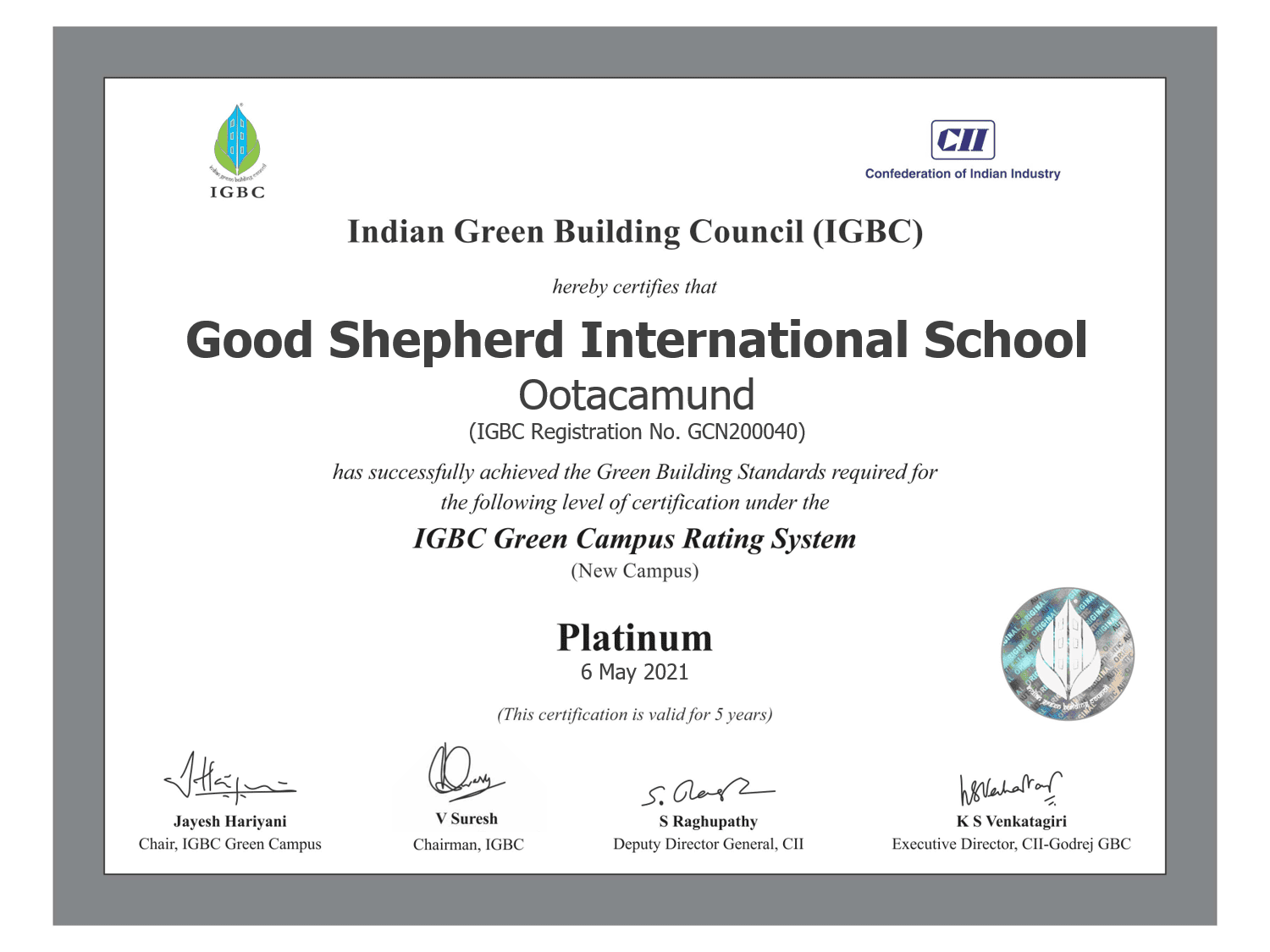
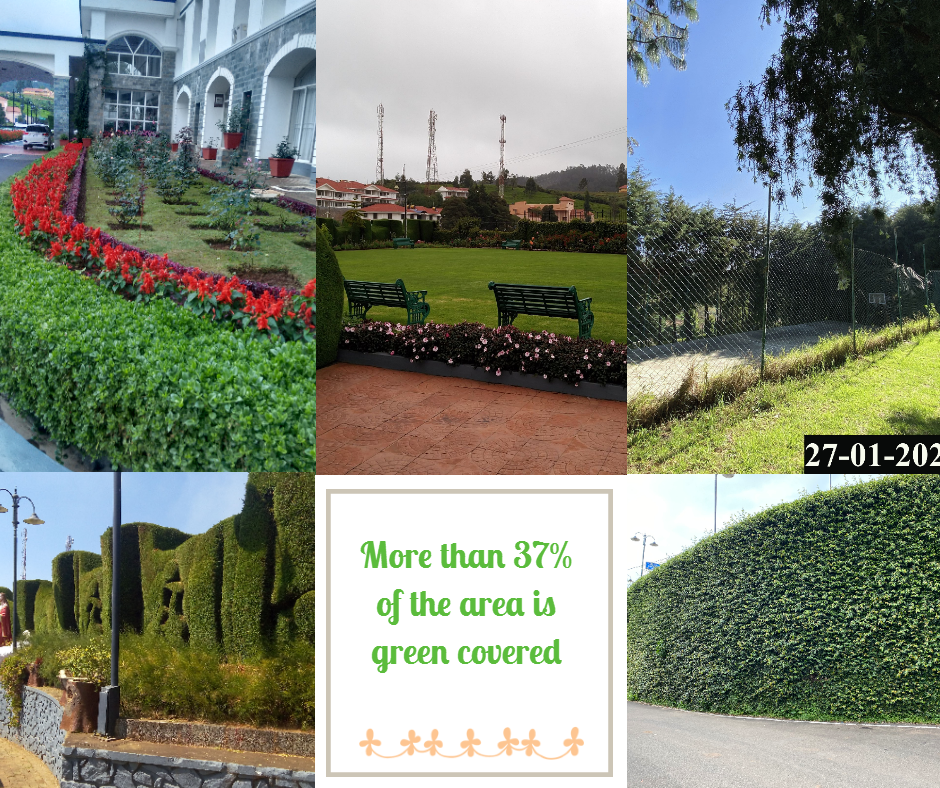
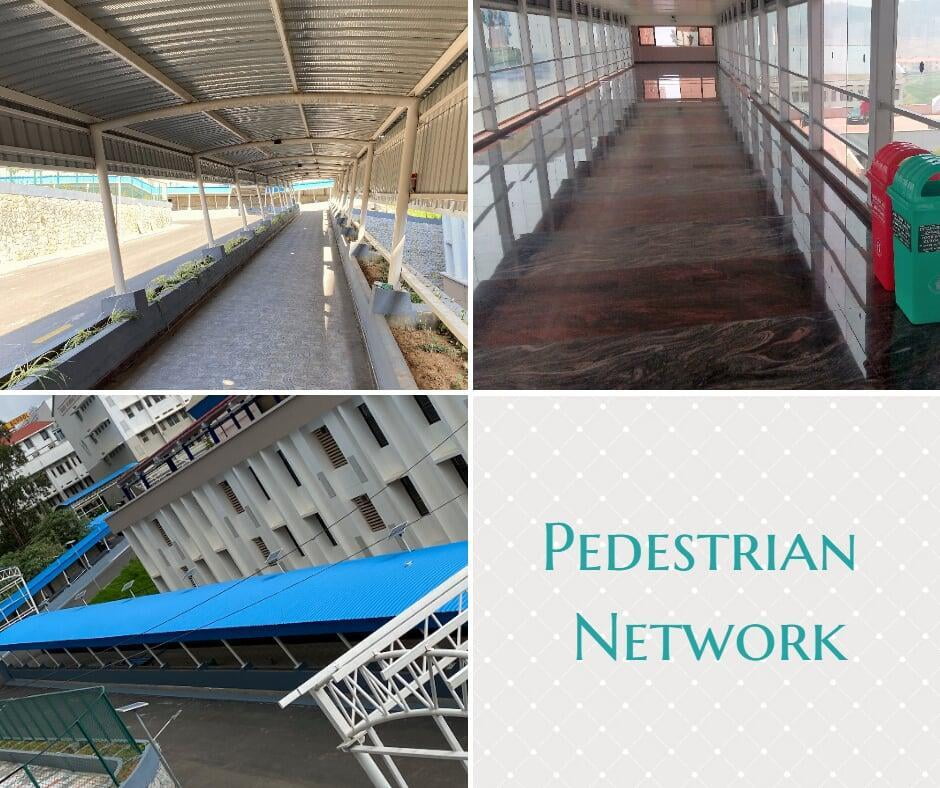
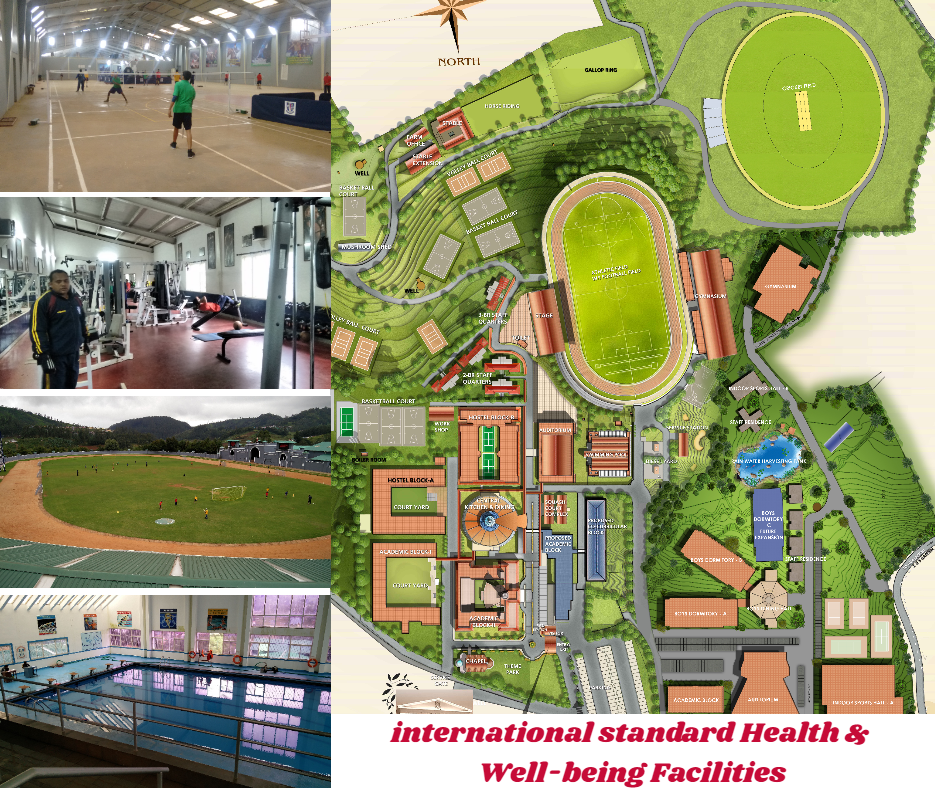

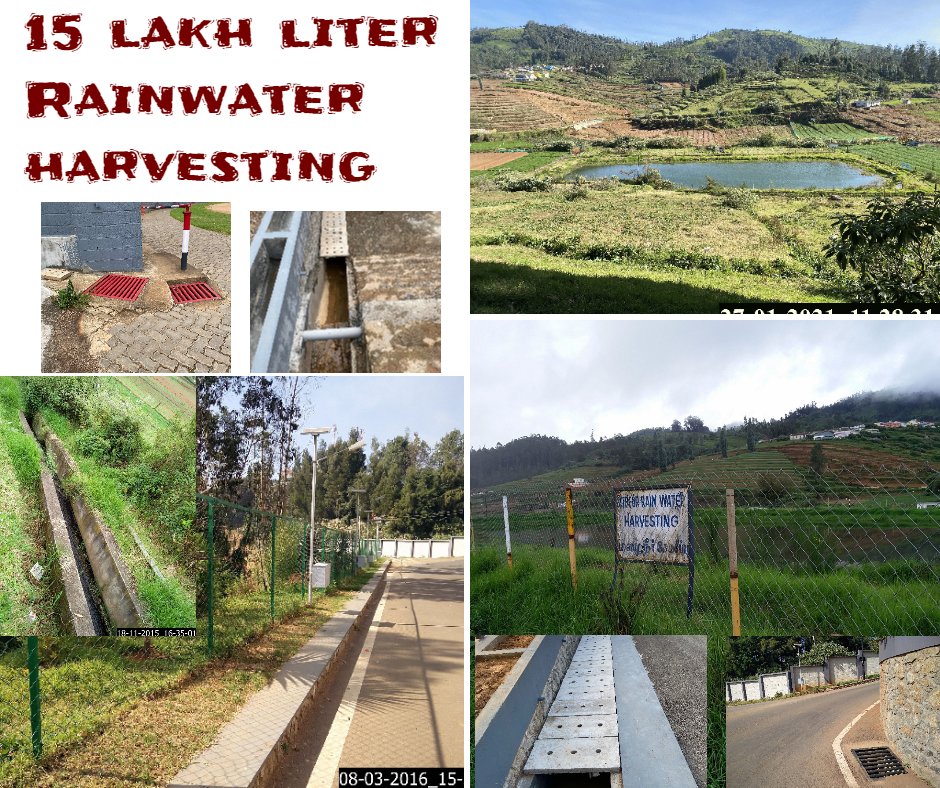

Green School Certification
Good Shepherd International School is an IGBC Green Schools - Platinum Certified School.
The School rating system is unique in the sense that it addresses eco-education, Health & hygiene besides the infrastructural facilities, energy efficiency, water conservation and waste management. Aspects like nutrition, physical activity & safety are also addressed.
IGBC Green Schools certification is something that parents and students can look for to readily identify campuses that have been third-party inspected, performance-tested and certified as truly green and healthy campuses that will perform better than standard campuses. Homebuilders using green homes certification are able to differentiate their homes as some of the best on the market.
Schools can have tremendous benefits, both tangible and intangible. The most tangible benefits are the reduction in water and energy consumption.
Intangible benefits of green schools include enhanced air quality, excellent day lighting, health & well being of the occupants, safety benefits and conservation of scarce national resources, reduced greenhouse gas emissions and fewer problems with mold, mildew and other indoor toxins.
How Good Shepherd International School Achieved the Platinum Rating in the IGBC Green Schools Rating System
Embracing principles of sustainability from the project’s inception, Good Shepherd School is the first IGBC Green Schools rated campus in the area. The project followed an integrated planning approach where all stakeholders were brought in at the project conception phase and the designs green building strategy were complete well before the construction began. Utmost care was taken in the planning stage to ensure every aspect of sustainable living is taken into account and incorporated in the project. Following are the features, strategies, techniques and materials used to ensure your home is as green as possible within the various constraints:
Good Shepherd School also scored points for innovation by performing exceedingly well in providing greenery in campus, rainwater harvesting, wastewater treatment & reuse and energy efficient lighting.
